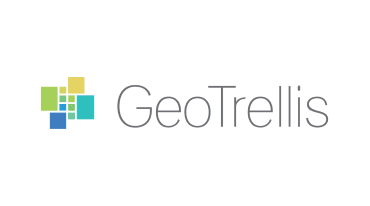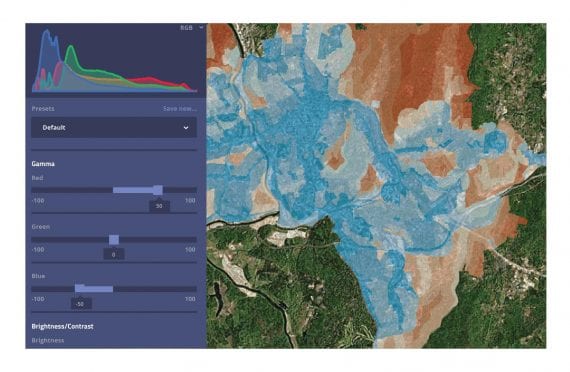GeoTrellis

GeoTrellis’ core competency is raster data processing: enabling distributed processing of large geospatial raster data sets using the techniques of map algebra. In addition to raster data support, GeoTrellis includes some support for operations using vector and point cloud data. GeoTrellis is designed to efficiently process large batch jobs that leverage cloud compute services in addition to supporting RESTful endpoints for raster processing in the web’s request/response cycle.
The GeoTrellis 2.0 release shifted the core data storage format of the library to Cloud Optimized GeoTIFFs (COGs). COGs are a building block of the cloud native geospatial ecosystem that enables interoperability between GeoTrellis and a range of libraries and tools, including desktop tools like QGIS and ArcMap.

